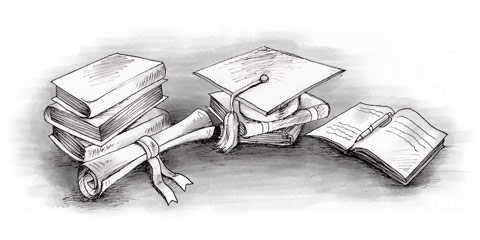In Peru, the Ministry of Education is responsible for formulating, implementing and supervising the national educational policy.
The Constitution of Peru states that education is compulsory and free in public schools for the initial, primary and secondary levels. It is also free in public universities for students who can’t afford tuition fees but demonstrate an adequate academic proficiency.
The definition of literacy for Peruvians is that everyone over 15 years old can read and write. In light of this, according to the CIA fact file, 92.9% of the total population were literate at the time of the 2007 census.
Education expenditures made up 2.6% of GDP in 2011, and the total enrollment in 2007 equaled 6.5 million.
In rural schools, pupils have an extremely low average knowledge compared to urban schools. Income shows a positive correlation with education.
Peruvian schools put a large amount of effort into cultural education, promoting and raising awareness of Peruvian native culture as well as everything Spanish.
Peru’s education system is mostly public, but private organisations are largely present at the primary and secondary levels.
Private schools are funded in the following ways, depending on the promoting organisation:
- Private self-financed lay schools (the majority of private schools in Peru. Fees are their main source of finance)
- Cooperatively managed private schools
- Schools run by the Catholic Church
- Schools run by other religious organisations

